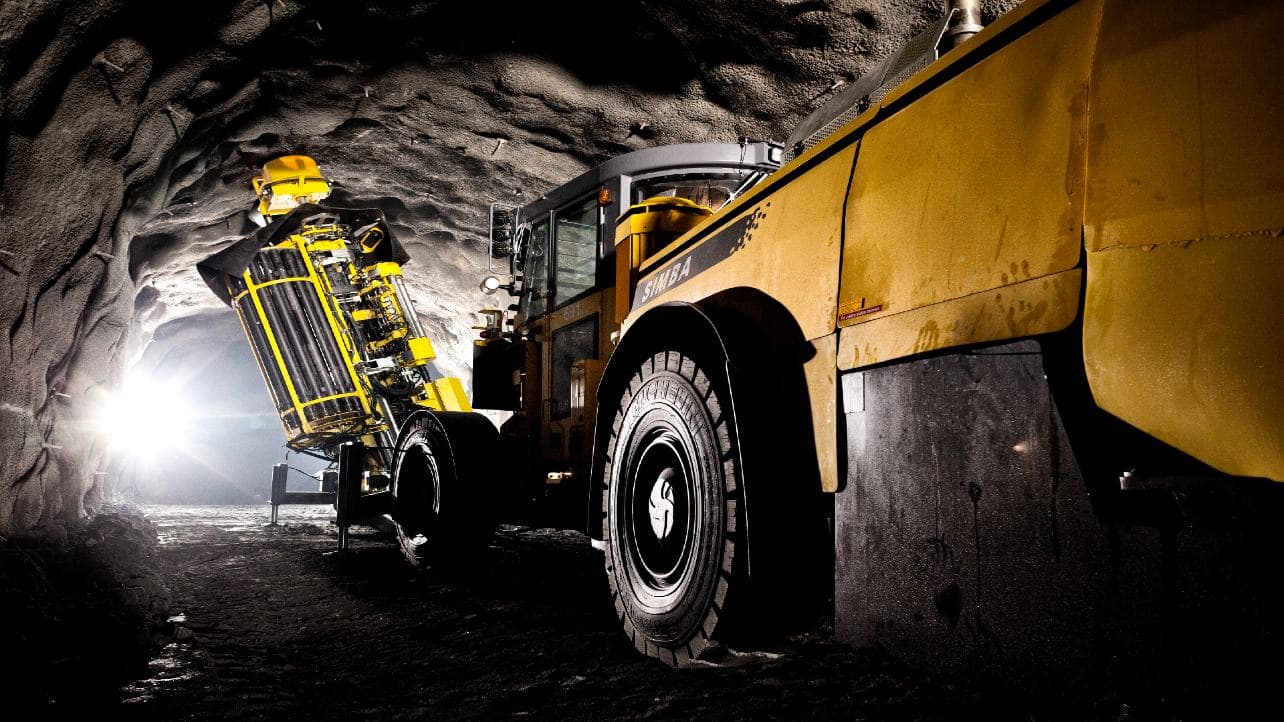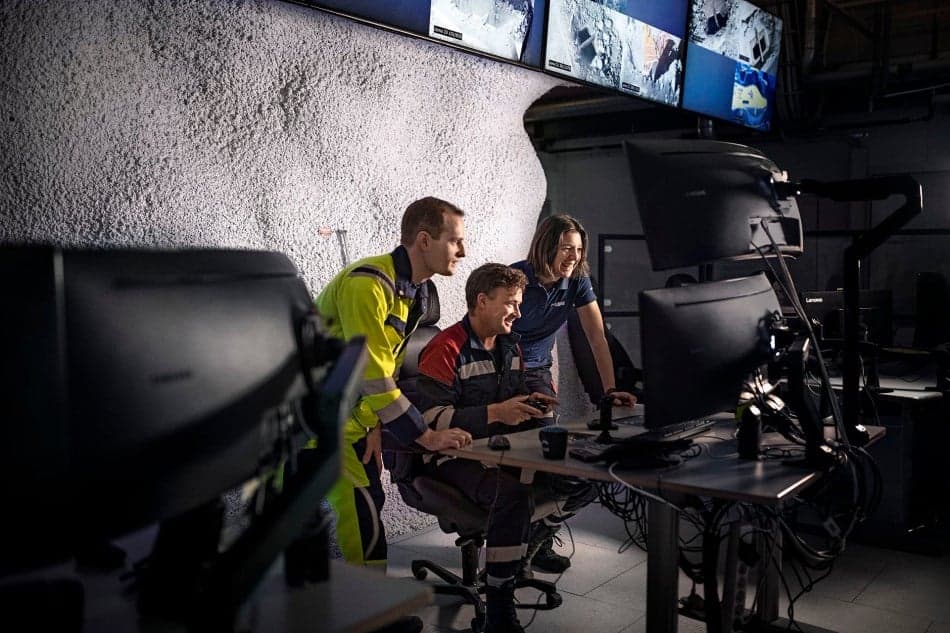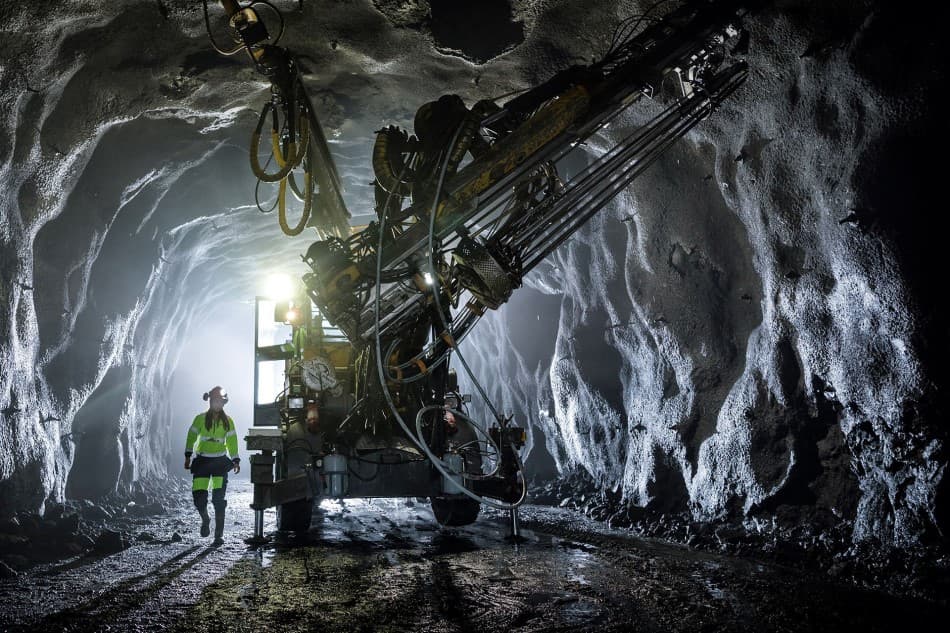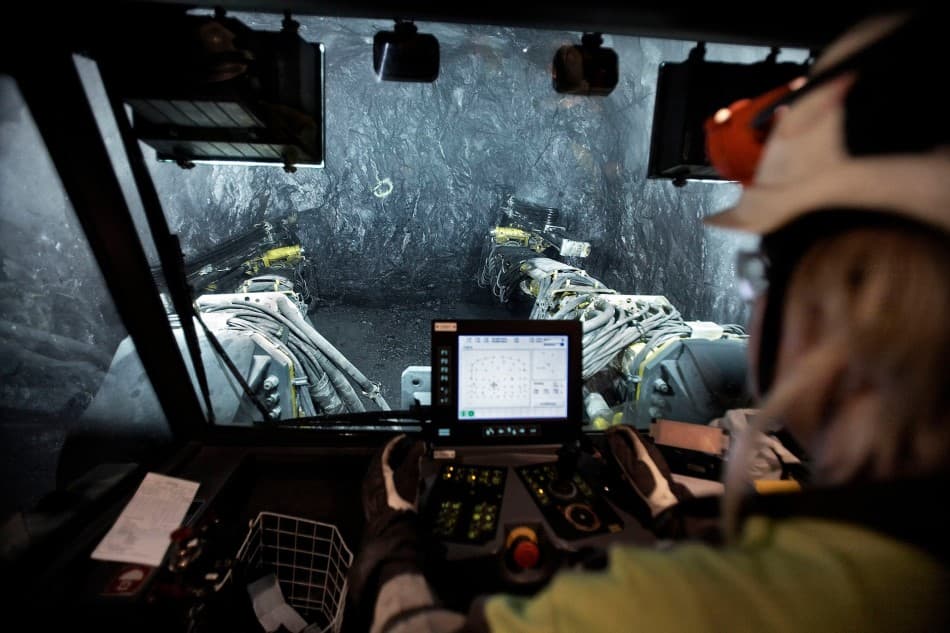CASE
LKAB
Data platform helps LKAB to focus on sustainable mining
LKAB is Europe’s largest producer of iron ore and the goal is to have carbon dioxide-free production by the year 2045. With a new cloud-based data platform, a data-driven culture, and a goldmine of information, LKAB can make sustainable decisions that facilitate the green transition.

Photographer LKAB
Main goal: zero carbon dioxide emissions by 2045
The mining and mineral group LKAB, is facing the largest transition in its 130-year history. With the aim set on zero carbon dioxide emissions from their own processes and products, LKAB needs both access to their data and to use them in the smartest possible way to achieve its goals.
Our ambition is to establish a new world standard for mining and to make LKAB the world's most sustainable mining company. A part of this is building a data culture and making sure we have a data platform enabling the transformation. Everything we do with data contributes to our ability to follow up on our sustainable goals.
Daniel Nordvall, Group Manager Data & Analytics
LKAB
Effective measurement of production
Iron ore is the core product for LKAB and the group mines 80 percent of all the iron ore mined in Europe. The journey from the mine to steel and other products to customers around the world is long. Along the road, a large amount of data is gathered in a data platform shared with the entire group.
This involves everything from vibrations, temperatures, speeds, and weights in the production line to emissions, energy usage, and costs related to production.
“We can measure the mining operations in a more effective way than what was previously possible. Getting more data, seeing more of every part of each production process, and finding deviations more quickly makes us more effective in our production and can finance the investment in LKAB’s transformation and decrease carbon dioxide emissions,” says Daniel Nordvall.
Per Brännman, mining manager at LKAB in Malmberget, agrees and adds:
“For me, analytics is about gaining an information advantage across all parts of the business. The information should be available to everyone, so that you can see how things are going and how we are doing on our KPIs, regardless of where you are. It should be easy to access and we shouldn’t have to waste energy on figuring out how we are doing.”
More data are available to more users
The new data and analytics platform that Knowit has built gathers data from a large number of different source systems. Aside from everything related to mining and that process, information is also gathered related to corporate processes in finances, work environment, IT, logistics, and sales.
“In the past, we had a legacy platform that was restricted and not available to many people. We wanted to make data available to more users and get more types of data in the fastest, most effective way possible,” says Daniel Nordvall.
With a data warehouse solution in Snowflake, data can now be gathered, processed, stored, and analyzed on a stable, easily managed, and scalable platform. Users from different parts of the operations can access data and benefit from using them in their analyses and reports.

Erik Swedberg, Per Brocnnman and Celine Debras, LKAB
Photo: LKAB

Photo: LKAB

Photo: LKAB
Self-service reports in Power BI
The information is visualized in the report and analytics tool Microsoft Power BI, giving employees in all levels of the organization the possibility to make sound decisions based on data.
“We now have self-service, so the operations can build their own reports in Power BI and choose what they should look like and what contents should be displayed,” says Daniel Nordvall.
An example where the new platform solution makes a real difference is in work environment. Jim Kostet is a work environment strategist at LKAB and regularly compiles key figures regarding work environment and health. Mining is a complex process where safety always comes first and an important step in LKAB’s systematic work environment management is getting a full overview of accidents, work-related injuries, incidents at work, and ill health.
In the past, data needed to be gathered and compiled manually from several different systems, which was a time-consuming process for multiple people. Now, creating a monthly report and analysis is done in a matter of minutes.
“In the past, reports and decision support were compiled manually, once a month. Now, the need for up-to-date key figures from multiple sources and systems is met continually, which provides a possibility for better follow-up and decision support in preventive work environment management,” says Jim Kostet.
Decreased lead times in development
From a data warehousing and developer perspective, the solution provides several benefits. The automation tool Wherescape enables short development cycles, secure and continual deliveries, and appropriate data quality. For instance, it is possible to read a new source system in a single day and get data with well-documented code in about half the time.
The automation, along with an architectural framework, means that everyone works in a uniform way and builds information structures in the same way. The team becomes agile at an entirely new level, when dependencies on key individuals decrease and everyone understands everyone else’s work flows.
Contribution to SDG 9: With the new data platform, the operations can create analytics and reports from information shared throughout the group. Data make it possible to calculate and understand how the value chain from mine to steel affects the climate. This facilitates for LKAB to make well-founded decisions that help them in their transition and achieve their sustainability target of having carbon dioxide-free products and processes by 2045.
Do you want to know how we can assist you?
Give us a call or send a message, and I will get in touch with you.

Fredrik Sävenborg
Sales